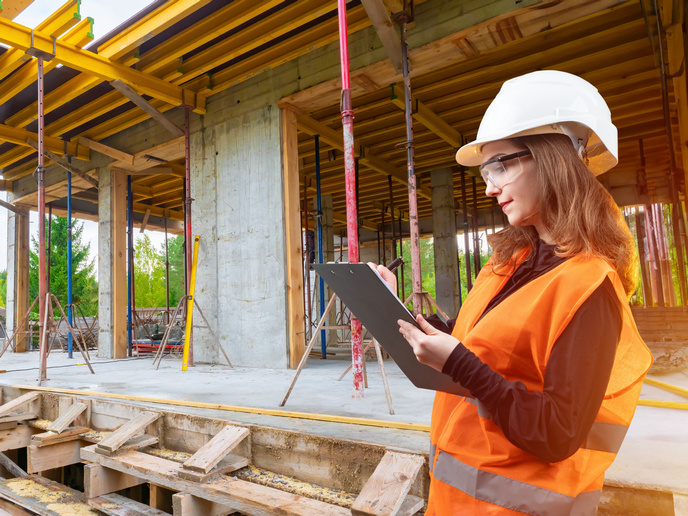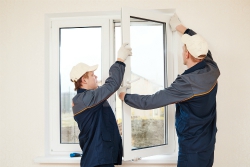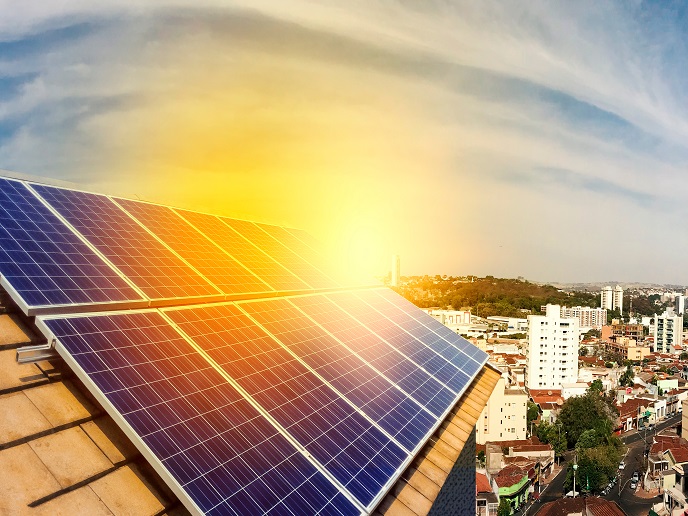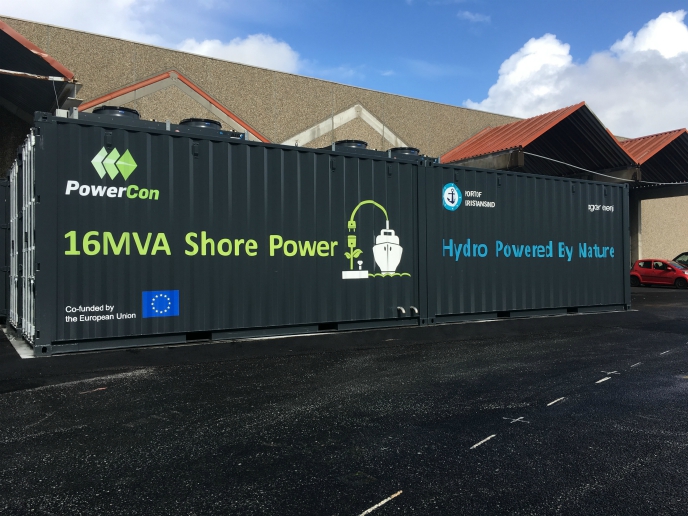Making home retrofitting accessible, affordable and simple for everyone
The current rate of retrofitting buildings in the EU is alarmingly slow – around 1 % annually. At this pace, it would take a century to retrofit the entire building stock. However, the potential benefits are significant. Successful retrofitting could lower the EU’s total energy consumption by 5-6 % and decrease CO2 emissions by 5 %. Given these benefits, there is a need for a new retrofitting approach – one that presents a solid business case, facilitates emissions reduction, minimises risks for homeowners and municipalities and effectively leverages private capital. The EU-funded FITHOME project is developing such a solution: by integrating a unique local tax instrument with a digitised, end-to-end approach, it will unlock considerable capital for retrofitting. The homeowner is at the heart of this transformative approach. “We have developed an innovative one-stop-shop solution that allows homeowners to retrofit their homes without their own financial investment,” notes project coordinator Melissa Wolf-Baas. “We also support municipalities in their directorial role for migrating districts from gas to green energy. Our municipal sustainability scheme (GVR) enables municipalities to fully alleviate homeowners’ retrofitting burdens. Using this approach, which is executed by De Woonpas, municipalities gain control over district-based energy transitions, without any significant impacts on their organisation or hefty investments.”
The retrofitting process
The process begins with an inspection of the participant’s home to determine potential retrofitting measures. After the inspection, the homeowner receives a detailed proposal outlining potential energy savings and the recommended retrofitting measures. Importantly, the homeowner does not need to make any financial investment. “In exchange for retrofitting the home, the homeowner pays a local tax for as long as he or she owns the house, up to a maximum of 30 years. However, in most cases, the savings on energy bills outweigh the local tax payments. Over time, the savings increase while the tax stays the same, as long as the scheme is in effect on the property,” outlines Wolf-Baas. A unique aspect of the GVR is its simplicity and full accessibility for homeowners. No credit check is required to participate, and if the homeowner sells the house before the payment period ends, the local tax is transferred to the new owner.
A promising future
“As GVR is a pioneering concept with no existing parallels, we had to develop various components to ensure its functionality,” states Wolf-Baas. The project coordinator highlights that a key component of GVR is a calculation tool that estimates the heat demand before and after retrofitting. This data helps predict potential savings and combined with tax amounts, enables users to assess whether there is a positive business case for homeowners. “By the end of 2024, we anticipate being fully operational across 12 Dutch municipalities, making the GVR accessible to all private homeowners in these areas,” states Wolf-Baas. “So far, our efforts have seen the successful retrofitting of approximately 100 homes throughout various municipalities, resulting in a high satisfaction rating of 9.1 out of 10 from our satisfied homeowners.” “We are broadening our horizons and currently developing a version of the GVR for housing corporations with the support of the European Commission. This expansion will allow even those in rental properties to enjoy the benefits of home retrofitting with GVR,” concludes Wolf-Baas.
Keywords
FITHOME, retrofitting, homeowners, municipalities, GVR, energy transition







